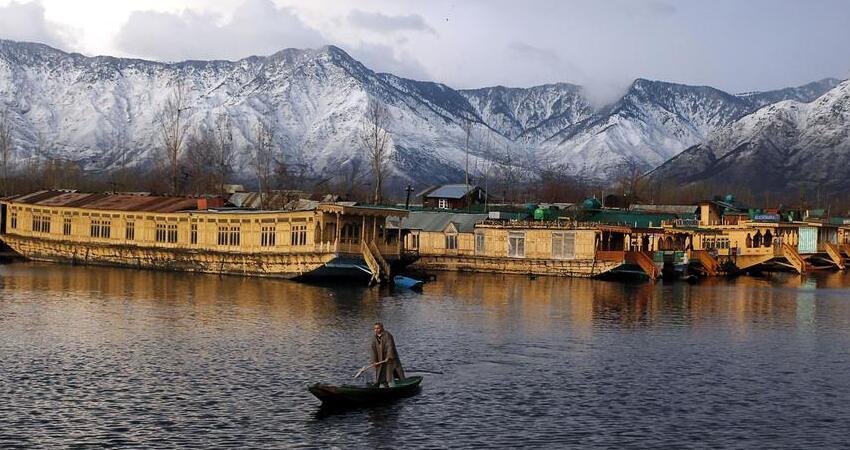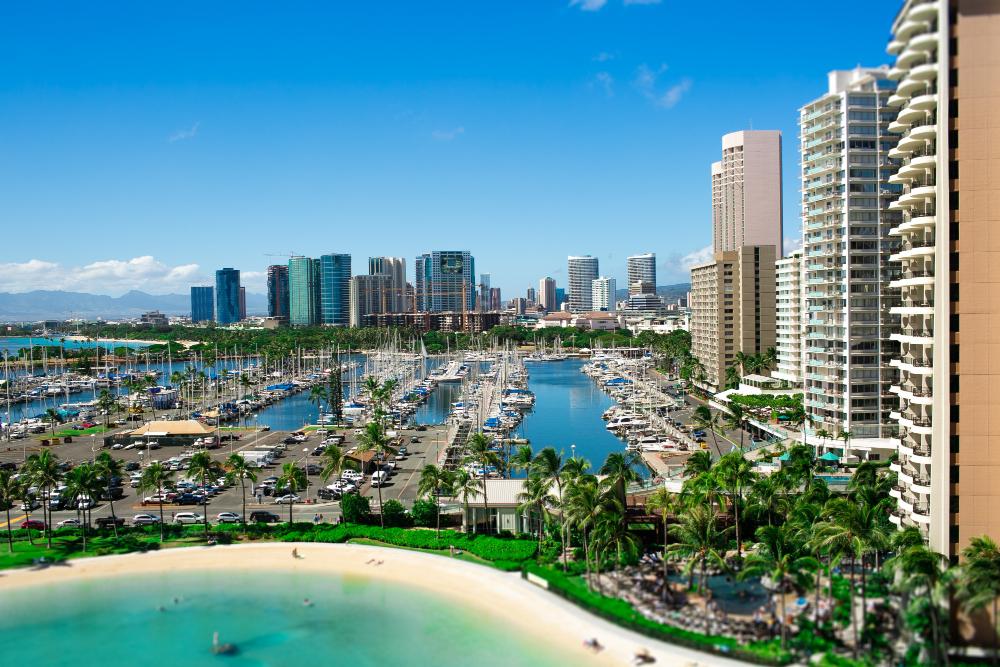Planning a Trip to India – Travel Guide & Itinerary Tips

India, famously known as Incredible India, is a land of diverse cultures, stunning landscapes, rich history, and vibrant traditions. From the snow-capped Himalayas in the north to the serene backwaters of Kerala in the south, from the golden deserts of Rajasthan to the sun-kissed beaches of Goa, India offers experiences for every type of traveler. Proper planning a trip to India ensures a smooth, enjoyable, and memorable journey.
For first-time travelers, India’s vastness and variety of experiences may feel overwhelming. Understanding how to plan effectively—from choosing destinations and seasons to arranging visas, transportation, accommodation, and cultural insights—is crucial to making your journey seamless.
1. Decide on the Duration of Your Trip
The first step in planning a trip to India is determining how long you will stay:
-
Short Trip (5–7 days): Ideal for exploring a single region like the Golden Triangle (Delhi, Agra, Jaipur) or Kerala backwaters.
-
Medium Trip (10–14 days): Covers multiple regions, combining historical, cultural, and natural attractions.
-
Long Trip (3 weeks or more): Perfect for exploring several states, wildlife sanctuaries, Himalayan treks, and cultural festivals.
Knowing the duration helps in prioritizing destinations and designing a realistic itinerary.
2. Choose Your Destinations
India is a country of extremes, and deciding where to go is a crucial part of planning:
-
Cultural and Historical Tours: Delhi, Agra, Jaipur, Varanasi, Mysore.
-
Nature and Relaxation: Kerala backwaters, Goa beaches, Western Ghats, Andaman Islands.
-
Adventure and Trekking: Himachal Pradesh, Uttarakhand, Ladakh, Sikkim.
-
Desert and Heritage Tours: Rajasthan, Gujarat, Thar Desert.
-
Wildlife Safaris: Ranthambore, Jim Corbett, Kanha, Bandhavgarh, Kaziranga.
Prioritize destinations based on your interests, trip duration, and the experiences you want to have.
3. Determine the Best Time to Visit
India’s weather varies significantly across regions, making it essential in planning a trip to India:
-
North India (Delhi, Agra, Jaipur, Rajasthan): October to March for pleasant temperatures.
-
Himalayas (Himachal Pradesh, Uttarakhand, Ladakh): March to June and September to November for trekking and adventure.
-
South India (Kerala, Tamil Nadu, Karnataka): November to March for beaches, backwaters, and hill stations.
-
Monsoon Season (June to September): Kerala and the Western Ghats offer lush landscapes, ideal for nature photography.
Choosing the right season ensures comfort, safety, and better sightseeing opportunities.
4. Visa and Entry Requirements
Understanding entry requirements is a crucial step in planning a trip to India:
-
Tourist Visa: Most international travelers require a tourist visa. India offers e-visas for citizens of over 150 countries.
-
e-Visa: Allows 30, 60, or 90-day stays and can be applied online.
-
Passport Validity: Should be valid for at least six months from the travel date.
-
Travel Insurance: Highly recommended for emergencies and unexpected situations.
Checking visa requirements ahead of time ensures smooth entry and avoids last-minute issues.
5. Plan Your Transportation
India has a variety of transport options that cater to different budgets and travel styles:
Domestic Flights
-
Fastest option for covering long distances between regions.
-
Major hubs: Delhi, Mumbai, Bangalore, Chennai, Kolkata.
Trains
-
Extensive and reliable for both short and long-distance travel.
-
Book tickets via Indian Railways for AC coaches or first-class compartments.
Road Travel
-
Ideal for hill stations, desert regions, and scenic rural routes.
-
Options include private taxis, rental cars, and long-distance buses.
Local Transport
-
Metro systems in cities like Delhi, Mumbai, and Bangalore.
-
Rickshaws, taxis, and app-based services like Uber and Ola.
Mixing transport modes efficiently helps save time and enhances the travel experience.
6. Accommodation Planning
India provides diverse accommodation options suitable for all budgets:
-
Luxury Hotels and Resorts: For honeymooners or travelers seeking comfort.
-
Mid-Range Hotels: Suitable for families and small groups.
-
Budget Hotels and Hostels: Ideal for backpackers and solo travelers.
-
Homestays and Guesthouses: Offer local cultural experiences.
-
Unique Stays: Kerala houseboats, Rajasthan heritage hotels, and eco-resorts.
Booking in advance is especially important during peak seasons and festivals.
7. Itinerary Planning
A clear itinerary is essential in planning a trip to India efficiently:
Sample Itineraries
-
Golden Triangle (5–7 days): Delhi, Agra, Jaipur – history, culture, and monuments.
-
Kerala Backwaters (5–7 days): Alleppey, Munnar, Thekkady, Kovalam – nature and relaxation.
-
Rajasthan Heritage Tour (7–10 days): Jaipur, Jodhpur, Udaipur, Jaisalmer – forts, palaces, and desert.
-
Himalayan Adventure (7–10 days): Shimla, Manali, Dharamshala, Rishikesh – trekking and adventure.
-
Goa Coastal Escape (4–6 days): Beaches, water sports, and leisure activities.
Customize your itinerary according to interests, duration, and seasonal conditions.
8. Cultural Tips and Etiquette
Understanding cultural norms enhances your experience:
-
Dress Appropriately: Especially in temples and rural areas.
-
Shoes Off in Temples: A sign of respect.
-
Food and Water Safety: Prefer bottled water and freshly prepared meals.
-
Respect Traditions: Be mindful of local customs and religious practices.
-
Language: English is widely spoken; knowing a few local phrases helps.
Being culturally aware ensures a respectful and immersive travel experience.
9. Health and Safety Tips
Prioritize health and safety when planning a trip to India:
-
Vaccinations: Consult a travel clinic for recommended vaccines.
-
Travel Insurance: Protects against medical emergencies, accidents, or trip interruptions.
-
Personal Safety: Avoid isolated areas, especially at night; use registered taxis.
-
Weather Preparedness: Sunscreen, hats, light clothing for summers; warm layers for hill stations.
Being prepared ensures a smooth, stress-free trip.
10. Budgeting and Currency
-
Currency: Indian Rupee (INR).
-
Payment Methods: Cash for smaller towns, cards widely accepted in cities.
-
Budgeting: India caters to all budgets—from luxury hotels to budget hostels.
-
Tipping: Expected in restaurants, hotels, and for guides.
Planning finances in advance ensures that your trip runs smoothly without unexpected expenses.
11. Experiencing India’s Diversity
An India trip is incomplete without exploring its diverse offerings:
-
Historical Sites: Taj Mahal, Qutub Minar, Jaipur forts, Mysore Palace.
-
Cultural Experiences: Festivals, handicraft markets, traditional dance and music.
-
Nature and Wildlife: Kerala backwaters, Himalayan treks, Ranthambore or Bandhavgarh safaris.
-
Adventure Activities: River rafting in Rishikesh, desert safaris, paragliding in Himachal Pradesh.
-
Culinary Journey: From spicy Rajasthani dishes to South Indian delicacies.
Experiencing this diversity makes visiting India a memorable adventure for every traveler.
Conclusion
Planning a trip to India requires careful thought, preparation, and research. By considering duration, destinations, transport, accommodation, season, cultural norms, and budget, travelers can enjoy a seamless and enriching journey.
Whether it’s exploring the historic landmarks of Delhi and Jaipur, relaxing in Kerala’s backwaters, adventuring in the Himalayas, or enjoying coastal beauty in Goa, a well-planned trip to India ensures that every moment is memorable. Proper planning allows travelers to navigate India’s vast diversity comfortably and fully experience the country’s unique culture, landscapes, and history.



